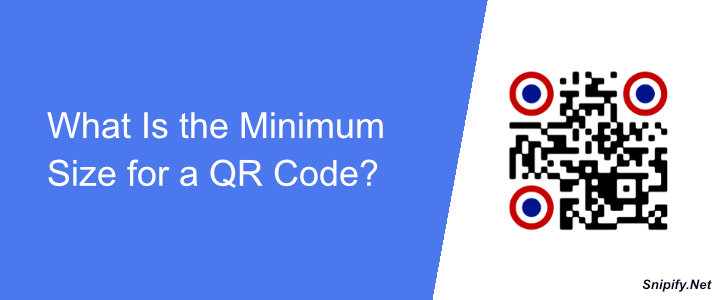
QR codes are all about the details. A well-designed QR code can encourage users to scan it, while a poorly designed one can do the opposite. Here are some best practices to create visually appealing and high-quality QR codes that users will want to interact with.
QR Code Color, Contrast & Brand:
-
Color and Contrast:
High contrast is key for a QR code to be scanned easily. While black on white is classic for a reason, feel free to use colors that match your brand identity. Just ensure a clear distinction between the code and its background, with darker codes typically working better on lighter backgrounds. Remember, the goal is for the code to be obvious, not hidden.
-
Branding your QR Codes:
While scannability is crucial, consider adding brand elements like colors or logos to boost recognition. However, ensure these elements don't hinder the code's functionality. Striking a balance between branding and functionality is key.
Clarity and Conciseness:
-
Clear Call to Action (CTA):
Always include a clear and concise CTA next to the QR code, telling users what to do after scanning (e.g., "Scan for a discount," "Visit our website"). The CTA should be prominent and written in easy-to-understand language.
-
Limited Information:
Encode only essential data in the QR code. Avoid overloading it with complex information that might be difficult to decode. QR codes can hold a surprising amount of information, but it's important to prioritize clarity and avoid overwhelming users.
Size and Placement:
-
Optimal Size:
Ensure the QR code is large enough to be scanned easily from a reasonable distance. Consider the viewing context and adjust the size accordingly. As a rule of thumb, it should be at least 0.8 inch (2 cm) wide for print media. A small QR code will be difficult to scan, especially for people with visual impairments.
-
Size Matters:
Ensure the QR code is generously sized for effortless scanning. A minimum size of 1.2 inches by 1.2 inches (3-4 cm) is recommended, as smaller QR codes pose scanning challenges. Remember, a frustratingly small QR code benefits no one, neither businesses nor their customers. Read this.
-
Respect the border:
The white border surrounding your QR code is crucial. Don't alter or crop it. This border ensures proper scanning and helps the code stand out from the background. Without it, the code might become difficult to see or even scannable.
-
Strategic Placement:
Place the QR code prominently on a clean, well-lit background with high contrast. Avoid placing it on surfaces prone to wear or tear or where it might be obscured by glare or reflections. For example, don't place a QR code on a shiny or reflective surface, as this will make it difficult to scan.
-
Place Your QR Code Where There’s Wi-Fi:
When using QR codes offline, ensure they're placed where Wi-Fi or mobile network access is available. QR codes typically lead to websites, so without internet access, they become ineffective.
Testing and Accessibility:
-
Thorough Testing:
Before deploying QR codes, always test them with various smartphone models and scanning apps to ensure they function correctly across different devices. Not all QR code scanners are created equal, so it's important to test your codes with a variety of options to ensure they work for everyone.
-
Mobile-Friendly Content:
Ensure the content linked to the QR code is mobile-friendly and optimized for viewing on smartphones and tablets. With more and more people using their phones to access the internet, it's important to make sure your content is easy to read and navigate on a small screen.
Additional Tips:
-
Personalize and Brand:
Incorporate your brand colors, logos, or unique design elements into the QR code to enhance visual appeal and brand recognition. A branded QR code can help to create a more professional and memorable impression.
-
Track and Analyze:
Utilize QR codes with tracking features to gain insights into user engagement and measure the effectiveness of your campaigns. Tracking data can help you to understand how people are using your QR codes and make adjustments to your campaigns as needed.
-
Consider Alternatives:
Evaluate if a QR code is the most suitable solution for your specific needs. In some cases, simpler options like a shortened URL might be more effective. Not every situation calls for a QR code. Consider your audience and the context before deciding if a QR code is the right choice.
-
Use a secure URL:
Ensure that the destination URL encoded within the QR code is secure and starts with "https://". This guarantees users that the data exchanged between their device and the server is encrypted. Additionally, it's imperative to have an SSL certificate for your website.




